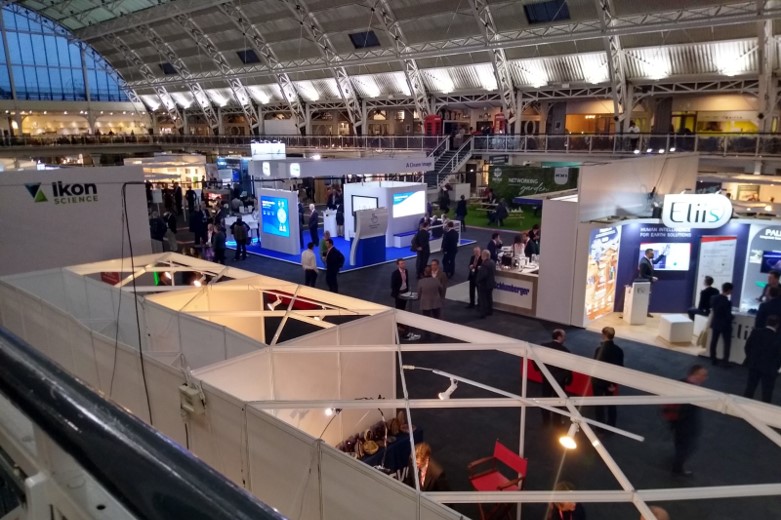“Investment in the upstream UK oil and gas sector is absolutely critical,” said Tim Eggar, chairman of the Oil and Gas Authority during the Petex Conference in London this week. “And whilst gas will be the main transition fuel, oil is also still an important resource.” In other words, the North Sea continues to play a key role in the overall transition towards a society less dependent on fossil fuels.
This message was reiterated by Nick Richardson – head of New Ventures and Exploration at the OGA, and Graham Goffey from the Exploration Taskforce.
Licensing Rounds
Yet, in order for confidence in the sector to return, the number one priority that needs sorting out is more clarity on upcoming licensing rounds. As Tim Eggar pointed out, the UK Government will in the next few weeks open up a consultation process on the Climate Compatibility Test that will be part of the process of issuing future licences. Following the implementation of the resulting recommendations, a decision will be made. A decision made by government, not by the OGA.
The polder model
In his talk, Graham Goffey mentioned the Netherlands as an example of a fruitful dialogue (polder model) between different stakeholders in the overall North Sea landscape. As we reported on earlier, this so-called North Sea agreement means that not only the O&G sector recognised the need for a sustained production of fossil fuels from the Dutch part of the North Sea, but other stakeholders – including environmental groups – acknowledged this too.
The question can still be asked if this agreement has resulted in an increase in activity though, as this year has only seen one exploration well drilled. However, as Douwe van Leverink from EBN pointed out during the online opening session of the Dutch Exploration Day last week, the months to come will see some more activity with Neptune drilling a shallow gas prospect and ONE Dyas planning an exploration well in the Rotliegend fairway as well as an appraisal well on the IJssel discovery announced last year.
Moderate and realistic
Back to the UK, where the majority of the Prospex audience voted for a “moderate and realistic” outlook in terms of UKCS exploration. With gas prices soaring lately, and the emphasis on gas as a main transition fuel, the Southern North Sea should have many ingredients for a bit of a revival. And according to some players, there is remaining potential, as Chris Lewis from Hartshead Resources and Jeb Tyrie from Bridge Petroleum illustrated during presentations on remaining gas potential in the gas basin.
Wind and wells
The Southern North Sea is getting increasingly busy with wind farm developments. But, as Peter Browning-Stamp from Horizon Energy suggested during his presentation on the Zechstein of the Mid North Sea High, this does not necessarily exclude the possibility to drill in a wind farm. Using the distance between turbines smartly, there should be room for a jack-up as well as a support vessel to navigate.
Data
Another factor highlighted during the conference was the notion that the National Data Repository needs fixing. This may sound as quite a strong statement for a platform that was launched just a few months ago. However, as Joseph Nicholson – COO at Osokey – and Nic Granger – Director of Corporate and CFO at the OGA – both admitted during a session on Thursday afternoon, the platform – which hosts an ever increasing amount of subsurface data in a cloud-based environment – was fast tracked for launch without having the time to properly look at the user interface. “It will improve,” said Joseph Nicholson.
With that, I wish you a good weekend.
HENK KOMBRINK





